This is the sixth of seven posts covering all of the ideas generated at the Somerville by Design: Davis Square Design Charrette that was held September 9-11, 2013. We have numbered all of the images so that it is easier to reference them when providing feedback.
You can send us feedback two ways: first, you can discuss a specific idea online by leaving a comment at the bottom of this blog post. Second, you can provide feedback using a feedback form that you can download (Pin-Up Feedback Form) and mail back to us using the address below. The form is designed to facilitate feedback for all of the ideas generated (over 45 in total) and should be used for all of the forthcoming blog posts, not just this one.
Mayor’s Office of Strategic Planning and Community Development
c/o Somerville by Design
93 Highland Ave.
Somerville, MA 02143
All of the images on this post can be downloaded as a .pdf here: Pin-Up Ideas 6
Concept 31
Somerville has a rich tradition of public murals. Currently, Davis Square has only one prominent mural – on Winter Street, on the rear facade of Johnny D’s. Throughout the business district, many blank walls exist, creating opportunities to add visual interest to the urban environment without breaking the bank. Likely candidates might include the rear face of the Tedeschi store, the back side of the Middlesex Bank block (facing the busway), or the side/rear faces of the Somerville Theatre or One Davis Square. A near-term project site could be identified through conversations with commercial property owners, and project financing could be explored by the City of Somerville and the Somerville Arts Council.
Check out the blank wall gallery below…
Concept 32
For years, a weekly summer film series sponsored by the City has brought residents and visitors to Seven Hills Park. But the logistics of using a temporary movie screen in the middle of a grassy park can be challenging. An alternative model of outdoor movie showings uses empty parking lots for seating, and blank building walls as screens. Several of the design ideas for the Seven Hills Park / Dover Street / Day Street area included more permanent facilities for outdoor film screenings. But a short-term pilot could easily be arranged to test whether the idea makes sense, for moviegoers as well as event organizers and private property owners.
Concept 33
“Pavement to Plaza” is another tactical urbanism idea that Somerville has been testing in recent years. Our SomerStreets series, the Farmers’ Markets in Davis and Union Square, the Davis Flea, and the Assembled craft market in Assembly Square (not to mention Davis Square favorites like Honk!, ArtBeat and Porchfest) all represent efforts to reclaim urban space for pedestrians that is usually given over to automobiles. During the three-day Somerville by Design charrette, the 11-space Cutter Square parking lot was converted into a temporary plaza, with movable tables and chairs, potted plants, food trucks, and artistic performances bringing pedestrian activity to this space.
Many participants in the Somerville by Design process asked how Cutter Plaza could become more of a permanent amenity to the neighborhood. To scale up a temporary initative, the next step might be going from a one-day event to a month-long, or a summer-long test. More robust street furniture, low-cost painting, and active programming of the space could be pursued. And if residents and the business community continue to see a benefit in the plaza concept, more permanent design and financing efforts could begin.
Concept 34
People love people-watching in urban environments – just try to find a seat in Statue Plaza on a warm summer evening! Creative ways to add street seating are popping up in cities everywhere. One common technique is the fixed bench installation like the ones in front of Dente’s Barbershop on Highland Avenue. More recently, wooden benches have been designed around street trees (Tufts University installed this type of seating in several on-campus locations in 2013). Different techniques can work in different cases, but the benefits are universal: more people on the street tends to promote safety, business activity, and sense of place.
Concept 35
Every Wednesday and every Sunday between spring and fall, Davis Square offers an open-air market experience. The long-running Farmers’ Market (located on the Day Street / Herbert Street public parking lot) and the Davis Flea (now in its second year at the Buena Vista public parking deck) are popular shopping venues, for residents and visitors alike. Both events utilize roughly half the space available on their respective sites.
To reinforce Davis Square’s market culture, these successful markets could potentially be expanded onto larger footprints. Opportunities for a third market event could be explored (including an indoor Winter Market, similar to the successful one at the Armory in Somerville’s Spring Hill neighborhood). And as illustrated in several of the sketches produced during the Somerville by Design process, a three-season canopy space could be developed at various locations around Davis Square.
Concept 36
Similar to Concept 33 (Pavement to Plazas), cities around the country have been testing alternative uses for land dedicated to on-street parallel parking spaces in business districts. With proper siting and effective coordination, these alternative uses (common examples include bicycle parking, parklets and micro-retail spaces) can be embraced by residents and nearby business owners.
In 2011, Somerville launched a bike corral program, allowing business owners the option to replace an on-street metered parking space with a corral that can handle up to 16 bicycles. Davis Square’s Diesel Cafe joined the program, and the Elm Street corral is one of the busiest in Somerville. In 2012, the regional Hubway bike-sharing program began serving Somerville, and several stations have been sited in parallel parking spaces. In 2013, a Union Square restaurant owner worked with the City of Somerville to create a “dining deck” in a public parking space, and the Somerville by Design: East Somerville planning initiative brought a temporary parklet to East Broadway.
Concept 37
Many participants in the Davis Square design charrette wondered about the future of the Grove Street Gate, which separates the MBTA busway / Somerville Community Path from residential neighborhoods to the north. If preventing cut-through automobile traffic on Grove Street is still desirable, but forcing bicyclists onto the narrow sidewalks is not, one potential solution is the “bicycle gateway”. Various combinations of paving, landscaping and signage could replace the rusting metal gate and failing brick sidewalks to create a more functional and attractive barrier to cars, while improving safety and access for pedestrians, persons with disabilities, and cyclists.
Concept 38
Kenney Park is an important open space resource, anchoring the corner of Highland Avenue and Grove Street. It has been more than 20 years since the last major upgrades, and the park is not as heavily used as might be expected. A major City redesign and reconstruction project will take place over the next several years, but tactical urbanism strategies can be used to make improvements in the meantime. A low-cost, temporary installation of movable chairs helped bring Cutter Plaza to life during the Somerville by Design event, and bringing movable chairs to Kenney Park could offer similar benefits.
Concept 39
Many Davis Square stakeholders have expressed concerns about the mix of businesses in the neighborhood. In recent years, several prominent retail spaces have been converted to restaurant use, and fears about national chains moving in and undermining the funky independent nature of Davis Square are common.
These challenges are not unique to Davis Square, and around the country, cities have begun using tactical urbanism to encourage local retail activity. Shipping containers are being converted to three- and even four-season retail spaces, offering a low-risk, low-cost alternative to traditional storefronts. Creative siting of these “structures” can have the added benefit of encouraging pedestrian activity by filling in gaps in the streetwall, creating visual interest in place of empty parking lots. Locations like Grove Street could be potential places to test whether micro-retail works in Davis Square.
Concept 40
Grove Street between Highland Avenue and Elm Street captured the imagination of participants in the Davis Square design charrette. Today, this street feels like a boundary line between the vibrant core of the square and the less active east end. Most of the land along Grove Street is used as parking lots. There are few reasons to walk along Grove, and even fewer to stop and linger.
In communities as different as North Adams, MA and Detroit, MI, streets like Grove Street are being re-imagined as places of community activity. A “Pavement to Plaza” initiative, temporary market uses, “urban beach” installations, or even just a colorful coat of paint on the roadway might offer short-term, low-risk techniques to bring Grove Street to life.
Concept 41
Food trucks have become popular in cities across America, because of their funky character as well as their suitability for start-up businesses. But their mobility creates several challenges: first, food trucks need a place to park. Second, their gas-powered generators can undermine the outdoor dining experience. Third, competitors in bricks-and-mortar restaurants can feel like the playing field is not level: food trucks don’t have property taxes passed onto them by their landlords, and operators are not necessarily maintaining public spaces (like sidewalk snow shoveling) in the same way that traditional restaurant operators do.
A solution that has gained popularity to address these concerns is the “food truck pod”. Cities have begun dedicating space to food trucks, often providing electric hook-ups and predictable parking assignments in return for truck operators taking on lease payments and property management responsibilities.

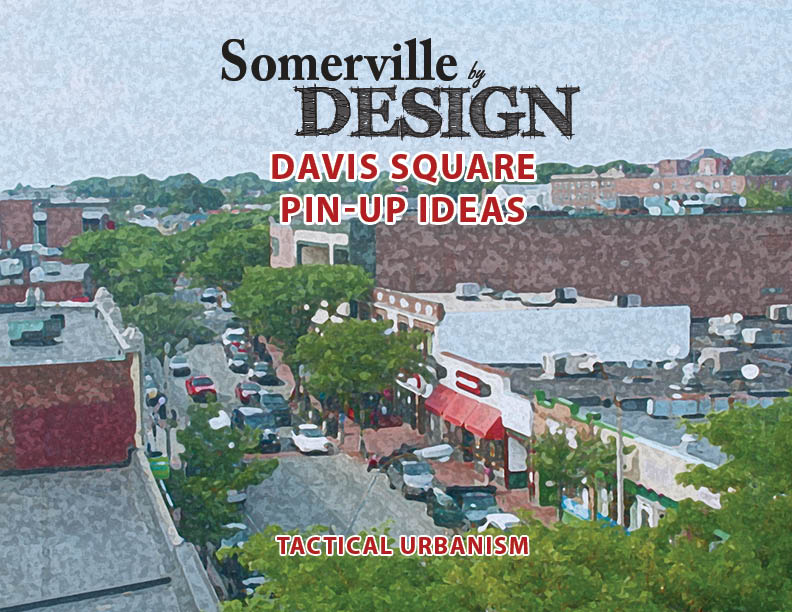
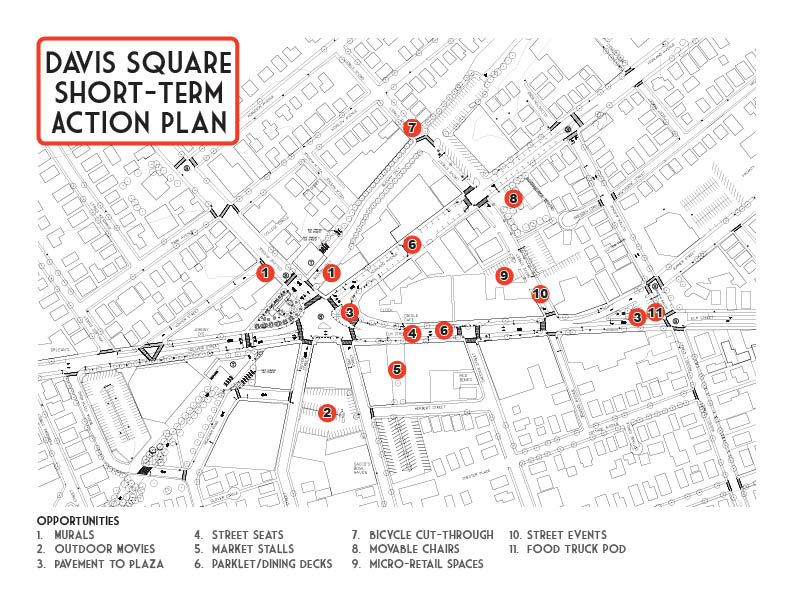
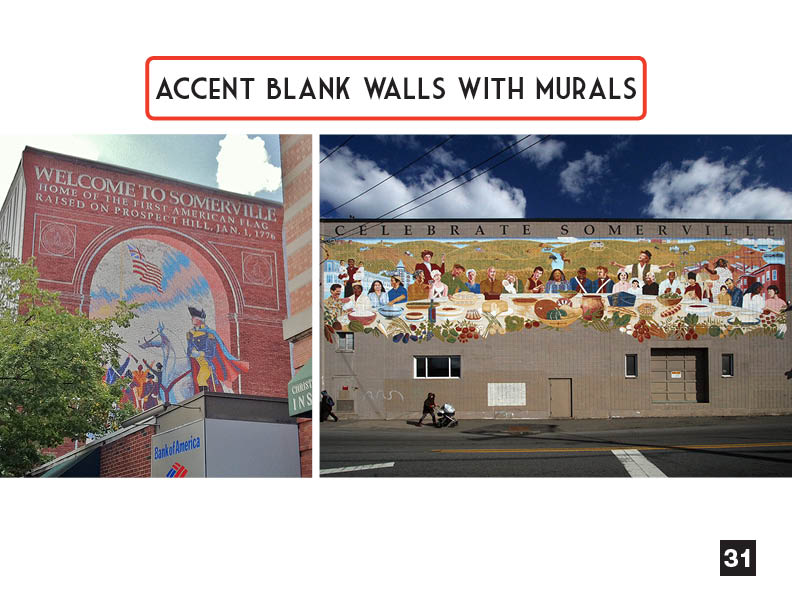
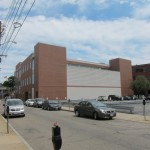
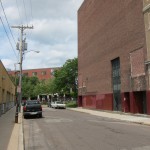
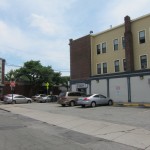
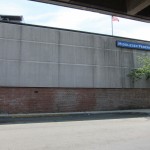
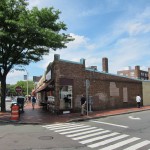
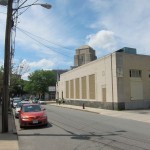

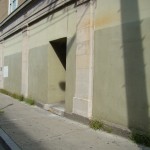
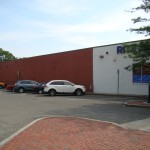
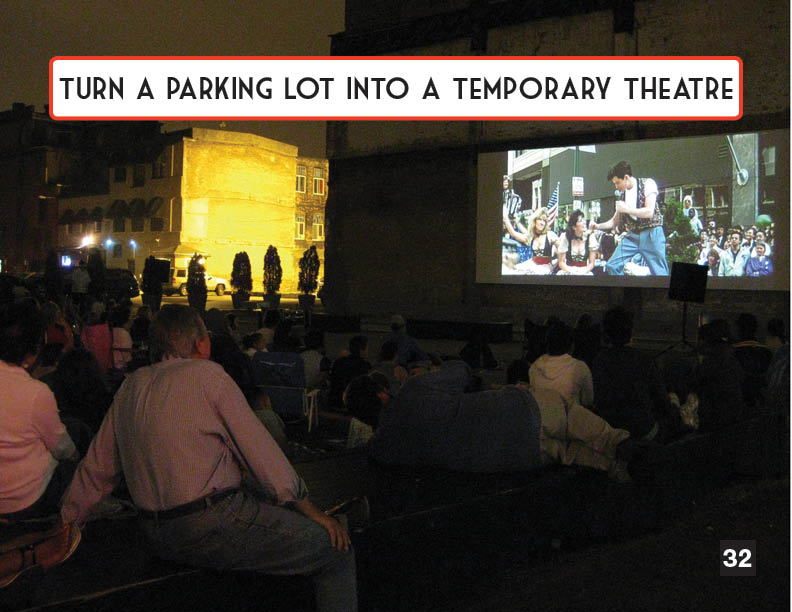

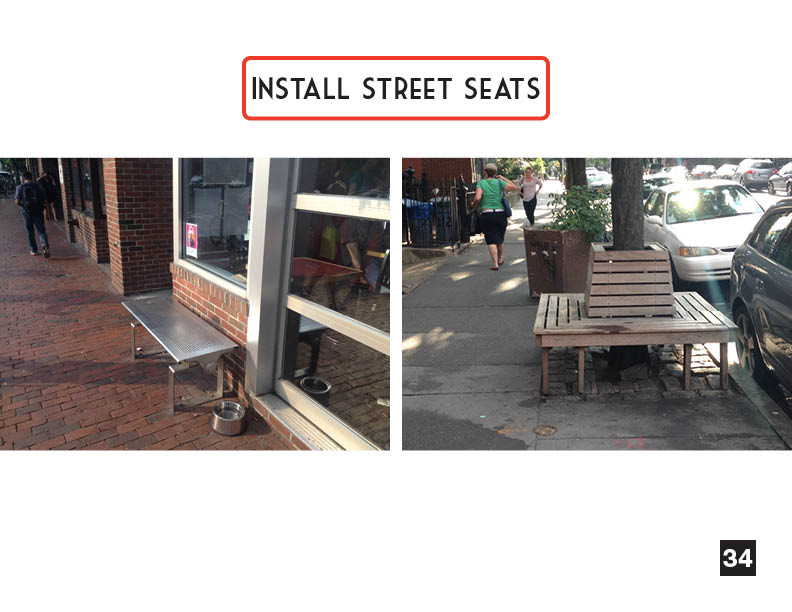
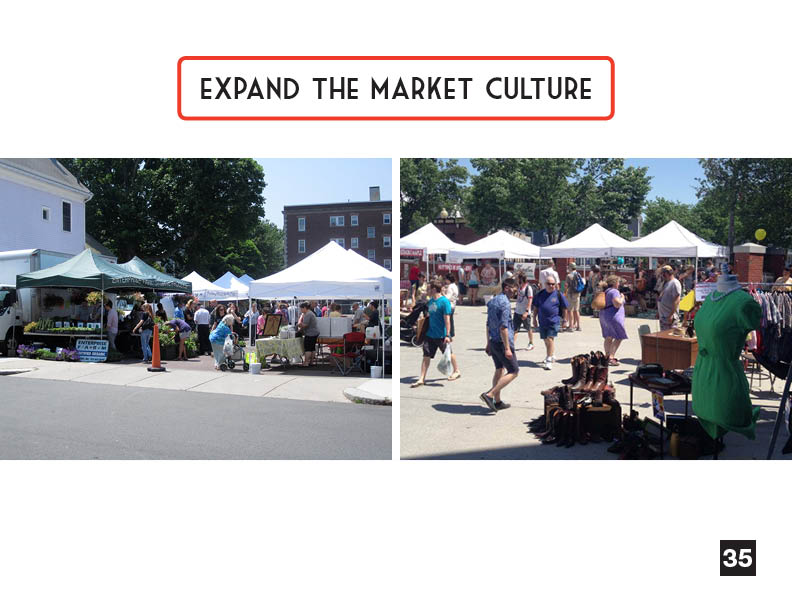
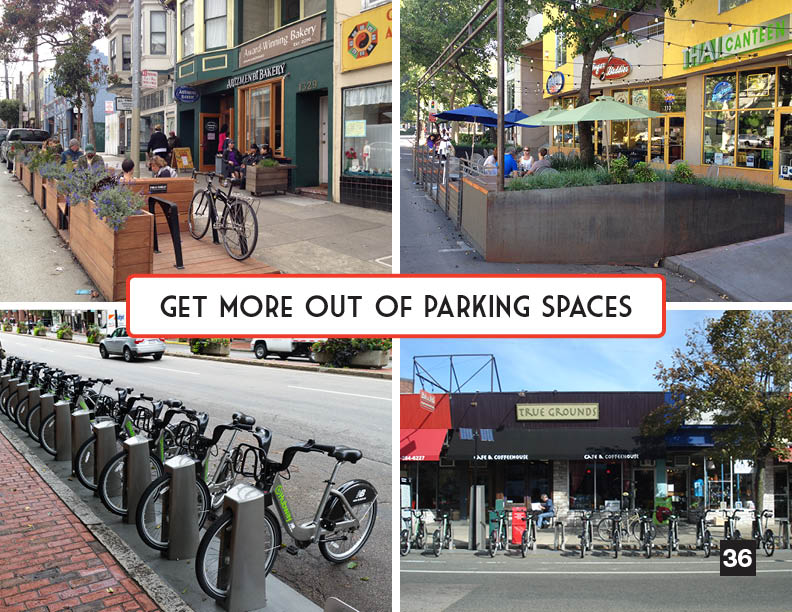
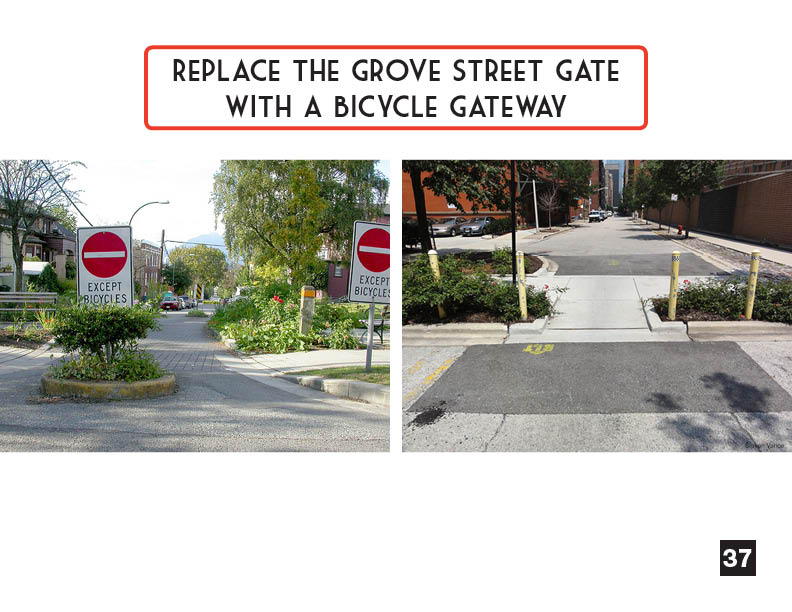
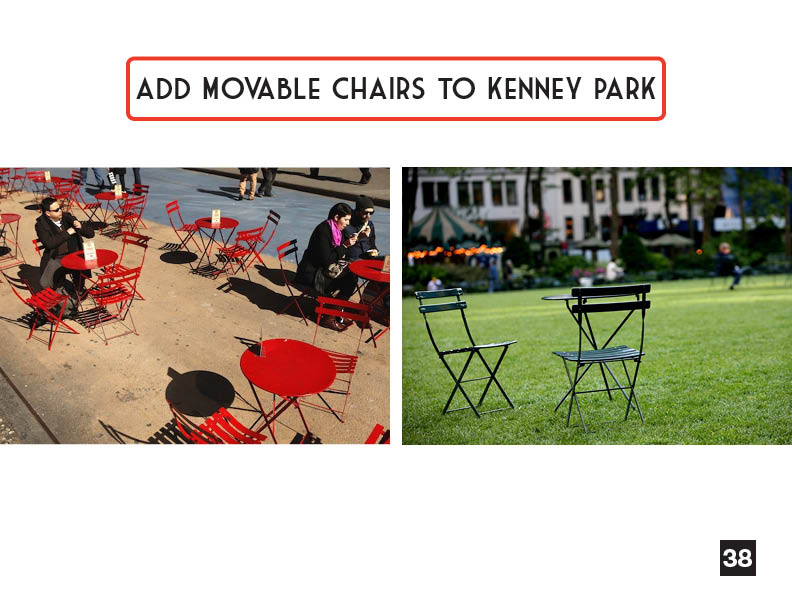
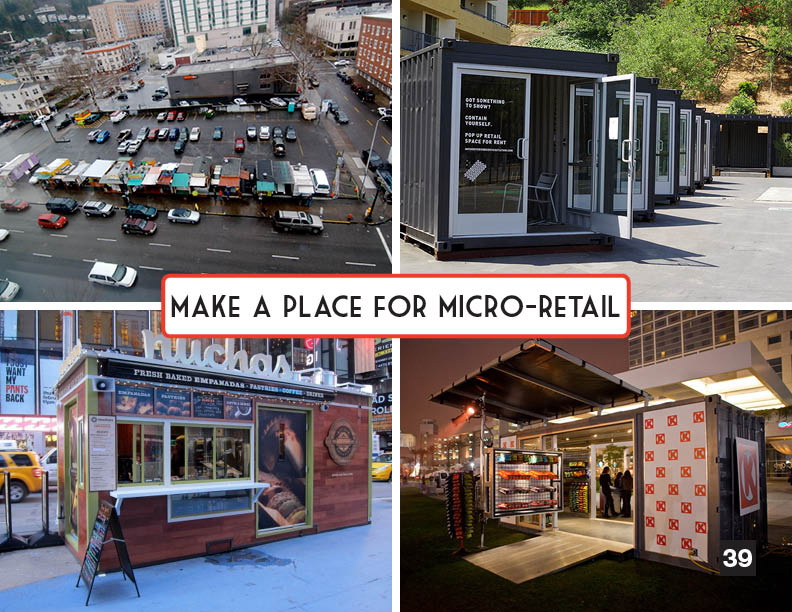
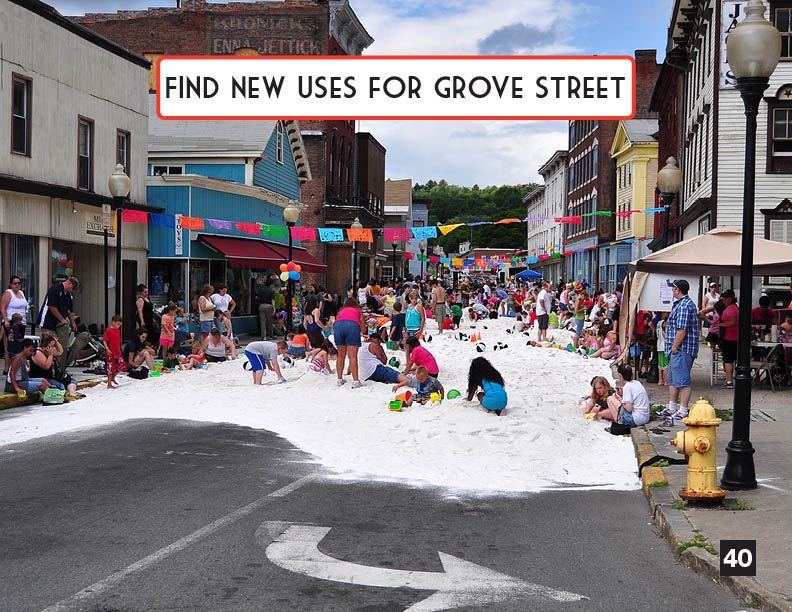
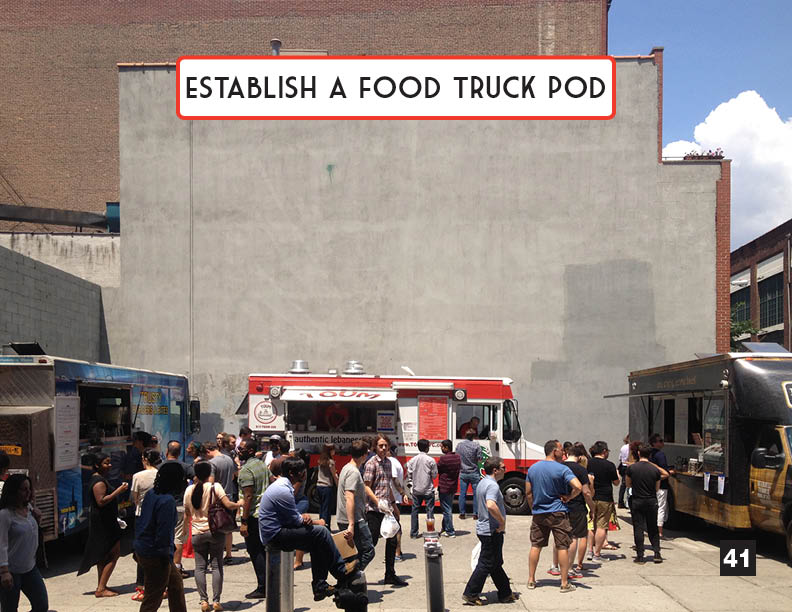
Rosemary Broome-Bingham
Jeff R.